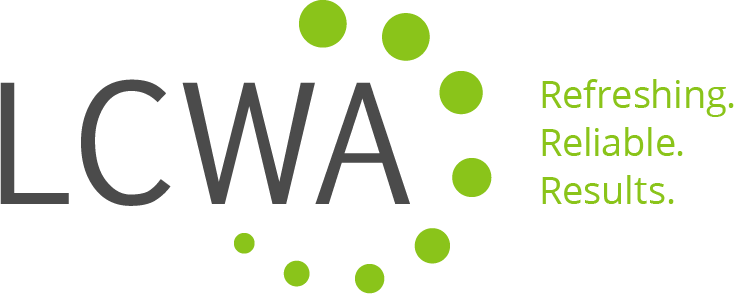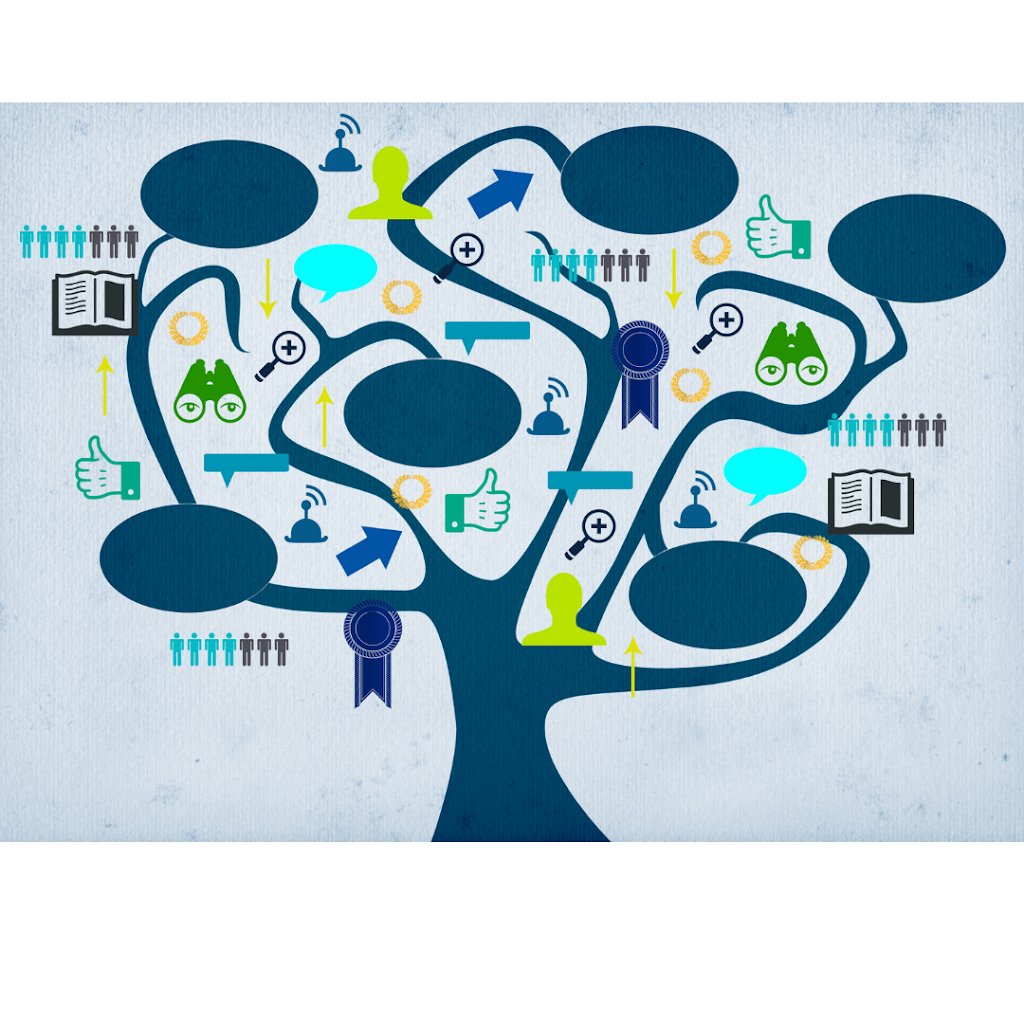“Social listening” is the practice of tracking for online mentions of your brand and topics important to your brand (via campaign hashtags or industry keywords, for example), and then analyzing those comments and conversations for insights to identify opportunities to act.
To help with this process, there are a number of social listening tools that have been introduced to the market. The biggest advantage of using these tools is their ability to capture posts and comments that mention a brand without directly tagging it. According to Brandwatch, 96% of conversations about brands happen outside official brand channels and without tagging the brand in question. Without tagging, these kinds of mentions will not be identified by standard monitoring tools.
Here are a few other key reasons you should consider employing social listening tools:
Brand Sentiment
Social listening tools collate online chatter and provide an analysis – sometimes called opinion mining – by digging into word choice and context, primarily through algorithms or filters. Most tools group the search results into positive, negative or neutral categories, and many will go further by providing audience segmentation.
As you monitor online conversations over time, such as investigating spikes in positive or negative sentiment, you will gain insights into how your messaging can influence the way followers feel about and interact with the brand or product.
Let’s say, for example, that you track overall positive social sentiment about the technical specifications of a new product, but users often share negative comments in feeds about the look of the product. This insight can be shared with R&D to help revamp the design. Social listening can even help you understand how moves you’re making offline are resonating in the social media sphere. For instance, consumers may respond on Twitter to a TV ad (especially during big events like the Super Bowl or Oscars), or post on Facebook about customer service received at a brick-and-mortar location.
Competitor Analysis
Beyond consumers, you can also learn what your competitors are up to in real-time. Creating alerts to monitor competitors allows you to measure sentiment for them the same way you would measure for your own brand(s). You can, for example, keep an eye out for positive mentions to find inspiration and negative mentions to generate sales leads.
This is an area where different social listening tools can really stand out depending on what your goals are. Are you focused on particular platforms? Are you more concerned with social share of voice or who has better SEO? Is your priority product development? Do you want to track advertising campaigns?
With most tools, you can analyze competitors’ profiles on social platforms via metrics such as engagement, growth of fans, interactions, popular hashtags and more. Downloadable, and sometimes customizable, reports provide detailed charts and graphs to compare performance. From an SEO standpoint, there are even tools that allow you to determine competitors’ website referral traffic, backlinks and targeted keywords.
User-generated Content
Leveraging user-generated content (UGC) is an affordable and effective approach that could mean less money spent on stock photos or asset creation, and more budget for PR and marketing tactics. One key benefit of social listening tools is that they make it easier to find customer photos, videos and testimonials.
Several tools allow you to easily invite your customers to share their experiences with your products and brands, display that UGC on your website and social channels, and even track performance metrics across all channels. If you are seeking assets for use beyond the web in perpetuity, some tools will auto-generate direct messages to request usage rights and notify you when the content creator confirms.
Even more, some social listening tools have advanced image recognition technology, offering the ability to identify brand logos or other visual cues. Up to 80% of images don’t mention the brand in captions or other text, so these AI capabilities provide a great way to capture posted photos you may have otherwise missed. Keep in mind that your product must have a strong visual component, such as a brand logo that is front and center, like on a Starbucks cup. While these features come with a bigger price tag, it can be worth the investment if amassing quality visuals is important for your brand initiatives.
Influencer Engagement
Social listening tools can help identify the users with clout and audience followings in a given topic area and provide engagement features to help turn them into brand ambassadors.
But note, social listening tools are best for finding nano- and micro-influencers. If you are looking for professional social media personalities with a niche focus, there are alternative tools that focus specifically on influencer vetting and management. When it comes to social media listening, you are looking for brand mentions (tagged or untagged), and it’s rare to find professional influencers mentioning a brand without a sponsorship.
What you will find via social listening tools are organic brand advocates – i.e. people who already love your brand and are saying great things about you on social media. Basically, social listening tools allow you to accelerate native searches. By setting up filters in advance, hashtag search results are better organized and scalable to allow you to spend more time on influencer engagement instead of searching.
These four benefits only scratch the surface on the many advantages that social listening tools can bring to a PR or marketing campaign. The best tool for your brand ultimately depends on your goals. Once you define your key objectives, you can determine the best tool for the job.

